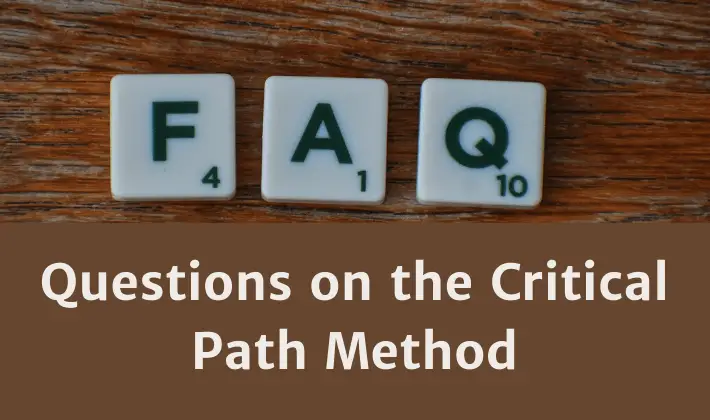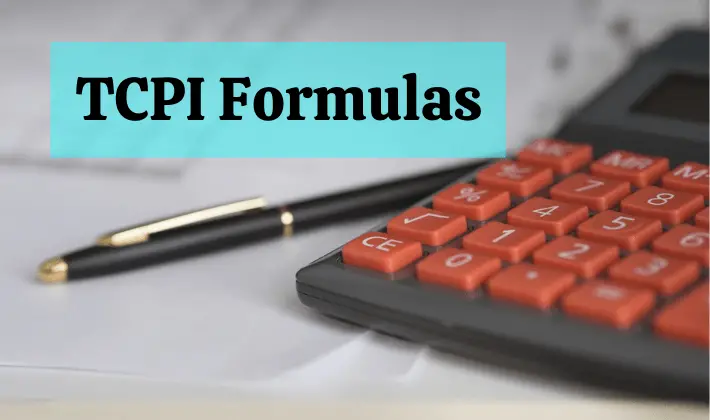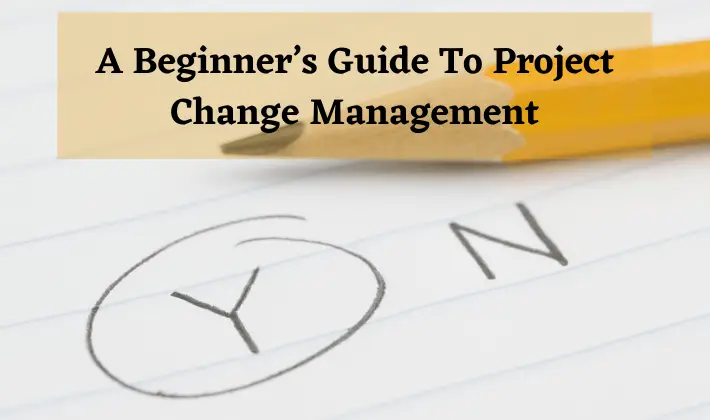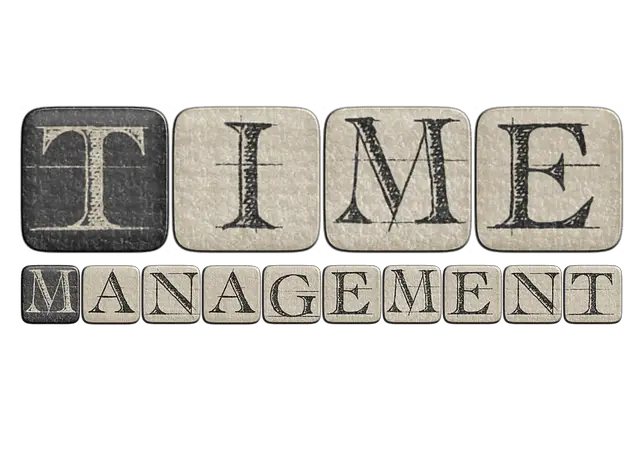Everything you wanted to know about the Critical Path Method
Critical Path…It sounds like the most important path of the project. It is certainly the most important path, but at the same time it is also one of the most important concepts of the project management.
You would already know that the importance of Critical Path is not because of the difficulty or the complexity of the project activities. However, many people do not know that. It is not at all surprising as most important project activities are usually determined by their difficulty and complexity. There are many similar fallacies related to the Critical Path Method. Let me try to clear some of these confusions.
I will not go into the details of Critical Path Method in this post. I am assuming that you already understand what Precedence Diagramming Method (PDM) is and you can solve a network diagram to determine the Critical Path. I will use this post to clarify the doubts around the Critical Path Method.
Let us take a critical (if I may say so) view of the Critical Path Method.
Frequently Asked Questions on Critical Path Method
Definition I – Critical Path is the longest path to complete the project in shortest possible duration.
Definition II – Critical Path is the network path having activities that have least Total Float.
You can also refer to Max Wideman’s Glossary to look at some other definitions of Critical Path (CP).
CP is longest of all the paths. All the other paths are shorter than the CP. In our example, the duration of A-D-E is longer than the duration of each of the other two paths.
CP provides the shortest duration to complete the project. A project is completed only after all the activities on all the paths are completed. Since CP is longer than the other paths, project can be completed only after the Critical Activities are completed. Hence, the duration of CP is the minimum (shortest) duration that is required to complete the project.
Over To You
One last question – What is the CP for the PMP Exam? How much time is required for the PMP Exam preparation? I think you should determine your CP soon.
Do you have any other questions in mind? Please leave them as a comment.
Related Articles
Critical Path, PERT and Standard Deviation
4 Steps to Solve a PDM PMP Question
PMP Exam Formulas
I have also compiled a PMP Formulas Cheat Sheet. It contains 45 formulas and 57 abbrviations. It will help you in your exam prep. It is the best and most comprehensive cheat sheet based on the PMBOK Guide 6th edition. You can download it free of cost for your studies.
If you are looking beyond a cheat sheet, then I would suggest you to buy detailed PMP Exam Formula Study Guide by Cornelius Fichtner. It contains detailed explanations of all the formulas along with examples and 105 practice questions.
Disclosure: This article contains affiliate links - it means that, if you buy from any of these links, then I will receive a small commission that would help me in maintaining this blog for free. However, for you, there is no extra cost. I recommend only those products that I believe will definitely help the certification aspirants.









Nice Article.
19 is an odd number but it covered more than my curiosity. Nice article.
Good one for those who are confused about the calculations involving PDMs
Great insights on CP. Well, having mutiple critical paths is good or bad from PM perspective?
Excelente definiciones de la ruta critica CPM
If an activity on critical path gets delayed or about to get delayed then thinking of adding the project float as 1st option is a better option than crashing the other subsequent activities.
Hi Ashvini, Float is never added. It is found out (calculated) after doing forward and backward pass.
BR, Praveen.